Optical filters that you screw in front of the lens are many. In analogue photography, they had the task of achieving photo effects, which in digital photography can usually be achieved by post-processing the images. Nevertheless, some filters are still justified in the digital age. Whether protector and colour filters also belong to this group is hotly debated in photography.
Lens caps protect the front lens only while the camera is not in use. A lens hood can protect the lens from direct impact. In sand, dust or wet conditions, however, these two protective measures are no longer sufficient and cannot compete with the performance of a Protecor filter. So for those who do a lot of landscape, nature or even concert and event photography, the use of a Protector filter may well make sense. In addition, cleaning a filter is often easier than cleaning the front lens directly.
There are those in photography who believe that repairing a front lens is cheaper than purchasing a high-quality Protector filter. However, this cannot be said as a general rule. Moreover, repairing a lens always means that the lens cannot be used for a certain period of time. A broken filter, on the other hand, can be replaced in one simple step.
If you decide to use a Protector filter and use a high-quality lens, you should consider using a high-quality filter accordingly. UV filters are often used as lens protectors. This is not necessarily sensible, as they can have a rather negative effect on the image quality in backlighting or grazing light. The best choice is a high-quality clear glass filter, which normally ensures no perceptible differences in the quality of the images.
Colour filters are also repeatedly referred to as a relic from analogue photography. However, this is not entirely correct. With colour filters, some corrections can be made preventively that are difficult or impossible to do in post-processing. For example, if you photograph a person sitting on a green surface (for example, a meadow), a green cast may remain on the model's face in the photo, which is difficult to compensate for in post-processing. A colour filter in the complementary colour can save this additional work. Such a filter could be particularly useful for outdoor photo shoots.
So whether you forego the filters for optical reasons or prefer to play it safe and choose the additional protection is a decision that every photographer must make for himself.
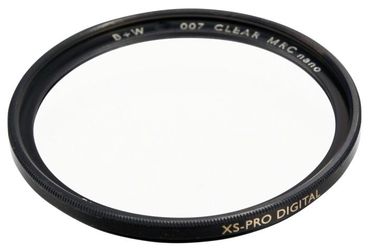

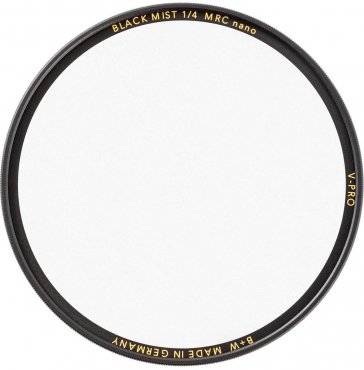
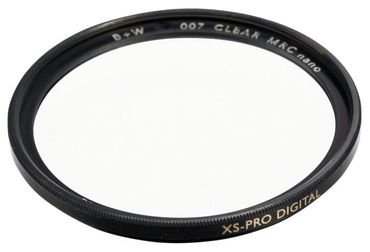
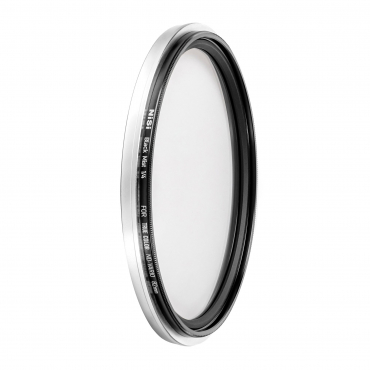

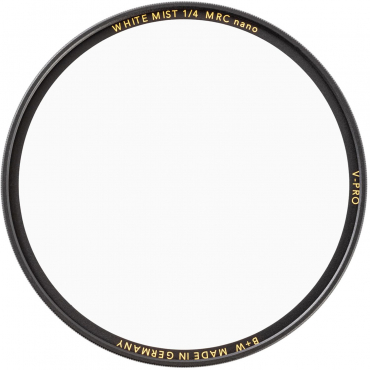
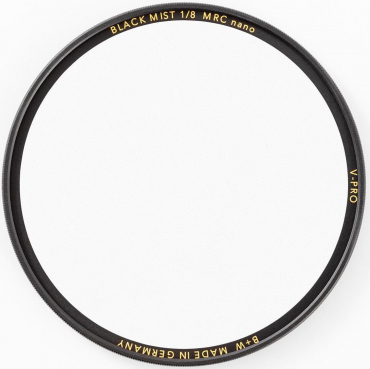
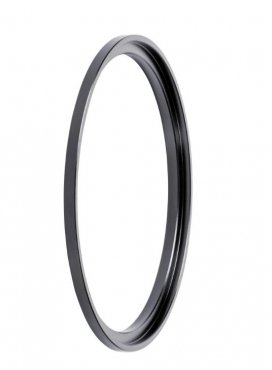
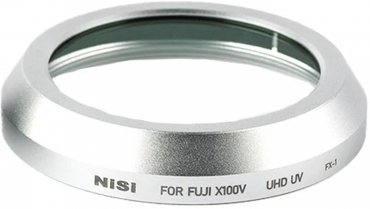
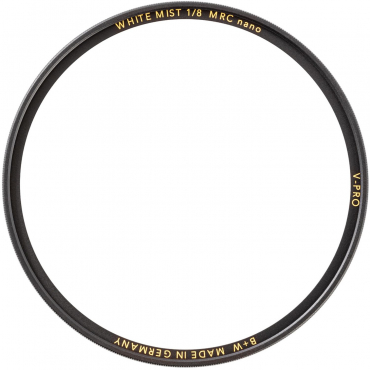
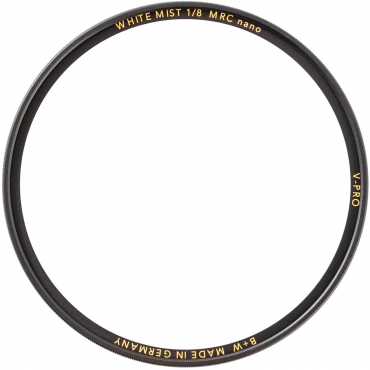
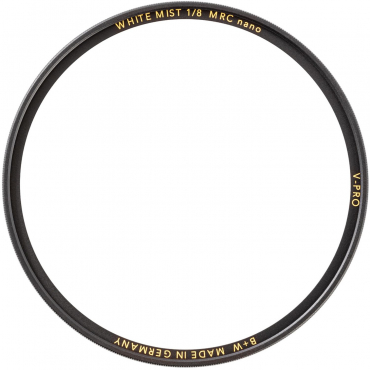
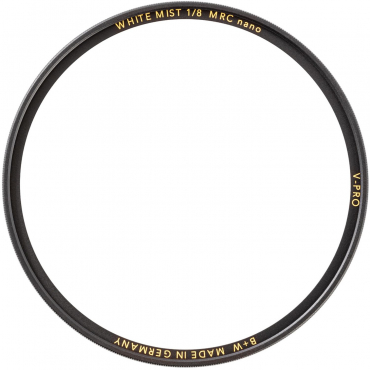
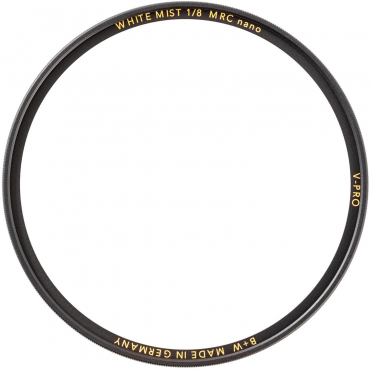
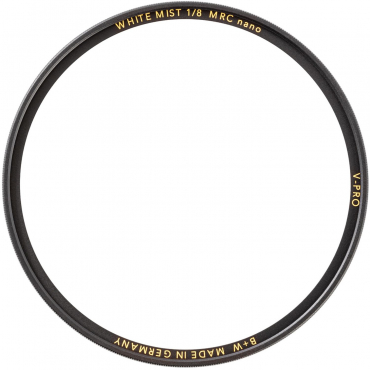
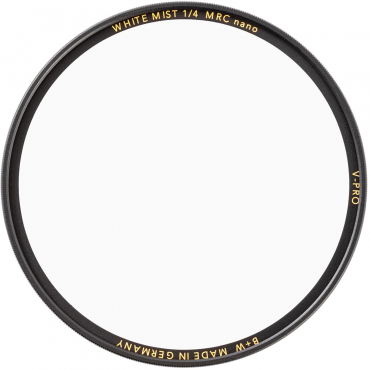
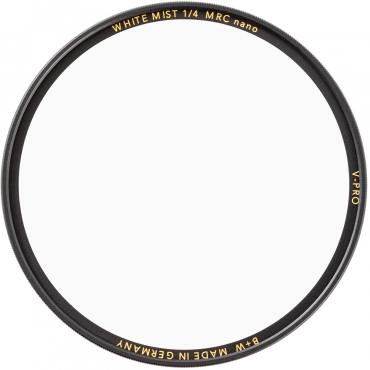
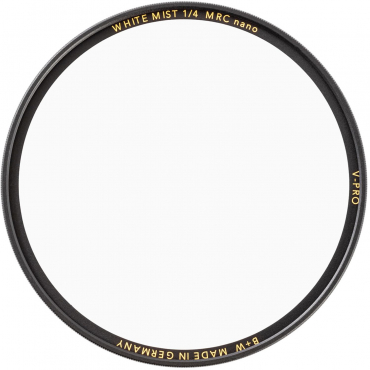
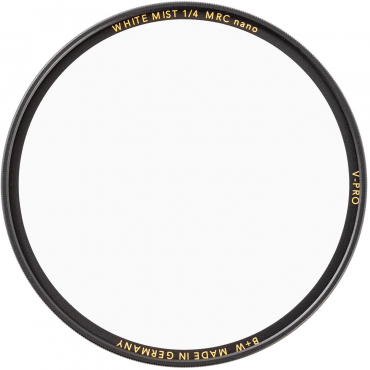
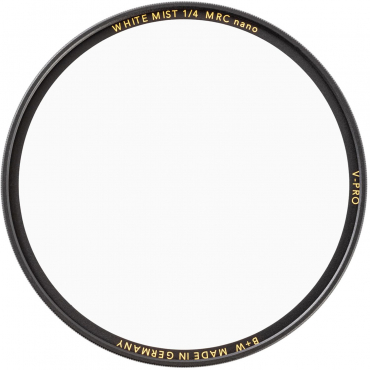

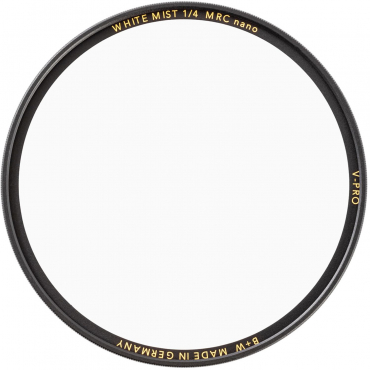
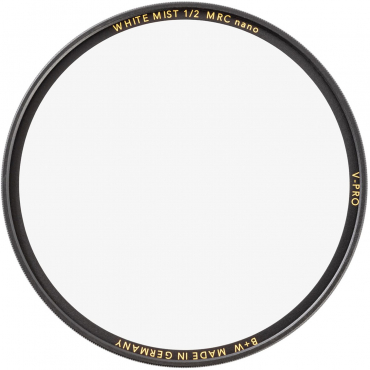
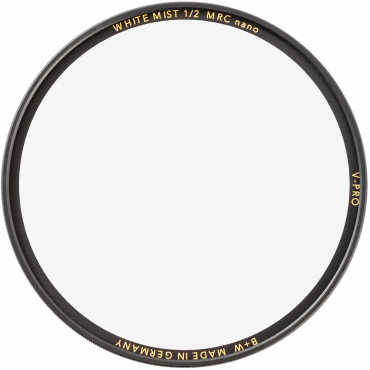
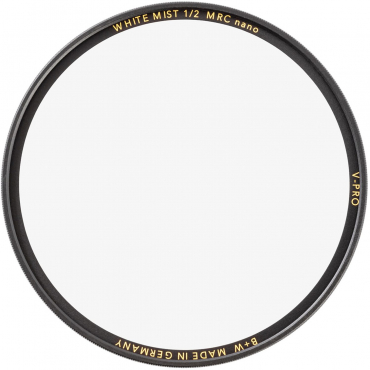
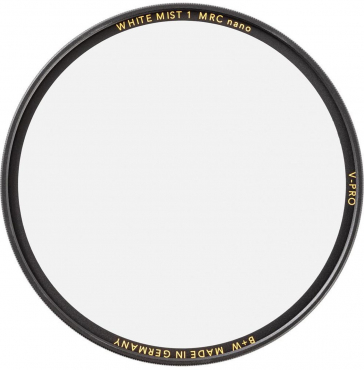
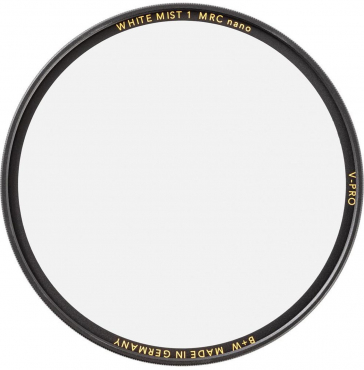
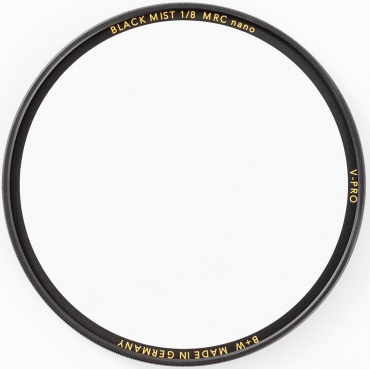

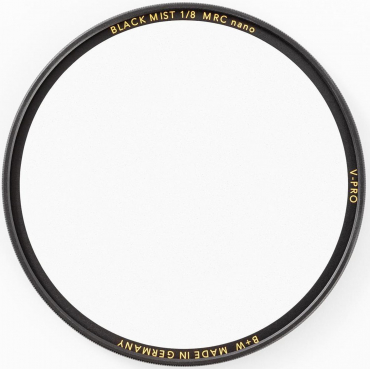
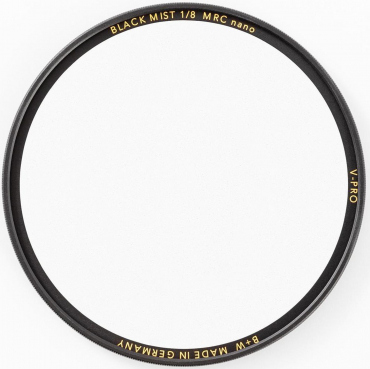
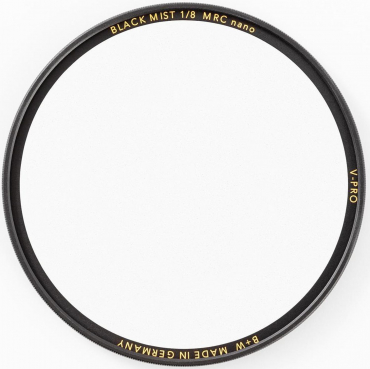
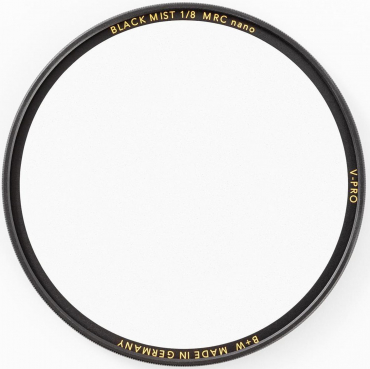
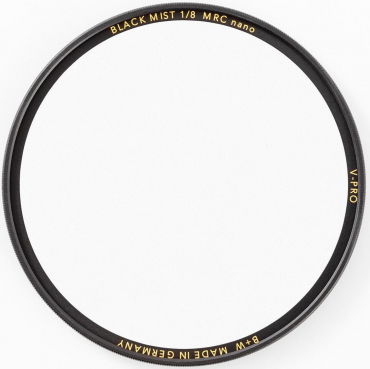
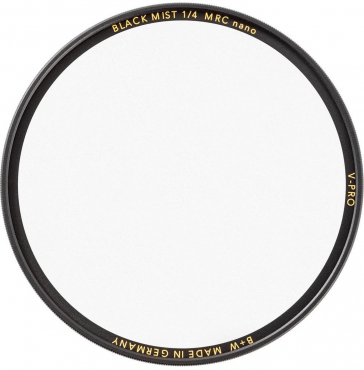
Simply subscribe and benefit as a newsletter recipient every week: